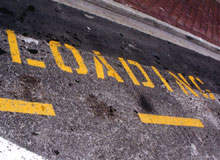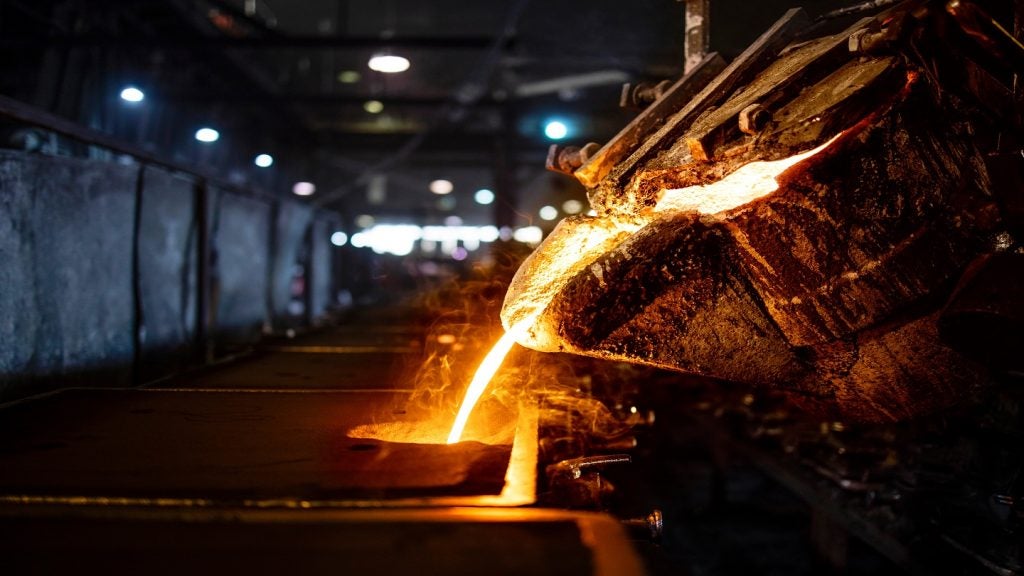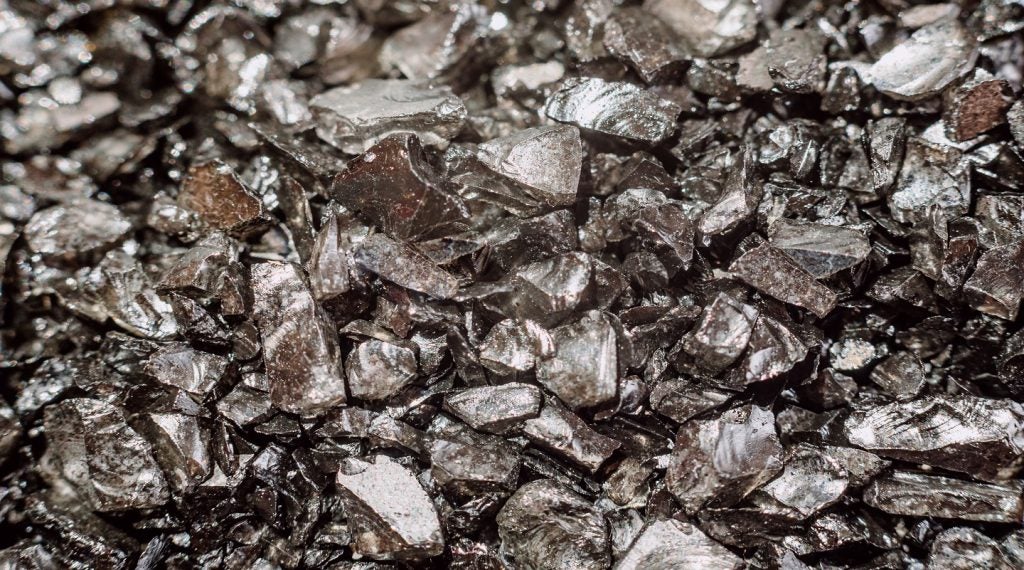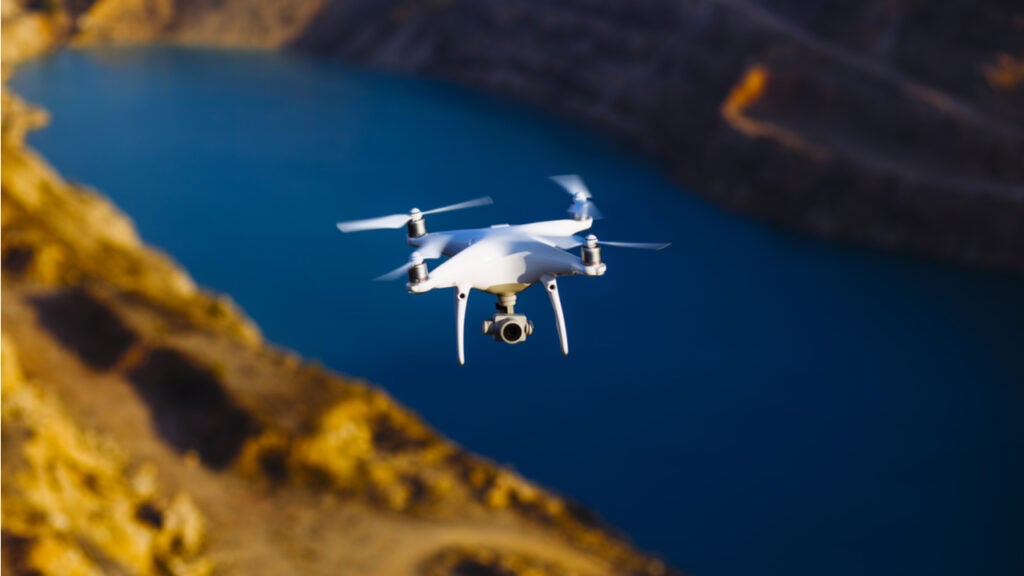
One large teleoperation project underway in Western Australia involves the difficult and necessarily precise operation of loading a bulk carrier with iron ore. The ore is loaded using a bulk shiploader that is fed by a conveyor system from the stacker/reclaimer yard.
While the port’s stacker/reclaimer system is fully automated, the actual loading process is entirely manual, locally controlled by an operator from a cabin perched at the end of the shiploader’s boom.
The chief objective of introducing teleoperation is to remove human operators from hazardous environments while increasing efficiency and reducing the risks of an operation.
Central to this automation is the development of an advanced teleoperated control system that would enable the operator to be removed from the shiploader boom and wharf to a safe distance – possibly several hundred metres away.
CSIRO’s Exploration & Mining Division and the ICT Centre researchers through the Minerals Down Under National Research Flagship are collaborating with Pilbara Iron and Rio Tinto Expansion Projects Iron Ore Automation Group to apply automation at the Parker Point iron ore loading facility at Dampier.
Safer and more economical
According to the project proposal prepared by CSIRO’s research projects engineer Chad Hargrave, the goal is to ‘develop, install and commission a pilot teleoperation system for remote-controlled operation of the SL3P loader at Parker Point’.
How well do you really know your competitors?
Access the most comprehensive Company Profiles on the market, powered by GlobalData. Save hours of research. Gain competitive edge.

Thank you!
Your download email will arrive shortly
Not ready to buy yet? Download a free sample
We are confident about the unique quality of our Company Profiles. However, we want you to make the most beneficial decision for your business, so we offer a free sample that you can download by submitting the below form
By GlobalDataIn his proposal, Hargrave stated the shiploader ‘will soon be the only significant unit operation in the port ore transport system that is manually operated’. Sensing and control technologies have already been applied to remote and/or automated control of other mining operations such as underground loaders, excavators, draglines, haul trucks, truck and shovel operations and longwall coal mining systems.
“The primary driver for the move to teleoperation is the safety and comfort of the shiploader operator. A secondary consideration is the reliability and sustainability of operations if all control and coordination of the port takes place from a single control facility,” he said.
“There are also efficiency gains that could be realised with even the core teleoperation scenario, while introducing higher levels of automation could provide further productivity benefits.”
Nuts and bolts
According to the research team, two core levels of teleremote control are required. ‘Basic Teleoperation’ allows the operator to control the shiploader in a similar way to the current operation but from a place beyond line-of-sight and with the addition of video images of the operating area.
‘Extended Teleoperation’ provides additional sensors to compensate for the operator’s absence from the physical machine environment. These sensors deliver a suitable level of situational awareness, including: a graphical display model of the loader that moves synchronously with the machines; a display of information on proximity to the ship and other critical infrastructure; and profiles of the load in the hold where visible.
Once the core technology for teleoperation has been developed, it will be possible to consider additional staged improvements to the systems to provide enhanced levels of control to further improve system usability, productivity and traceability. They would include:
- Handling improvement semi-automation
- Load distribution characterisation and mapping
- Automated hold loading.
Among the high-tech hardware and software involved in this project are specialised video cameras, laser scanners and radar systems which will be installed on the boom and provide real-time data from each hold during loading.
Simultaneously, a new operator interface will include a panoramic dome on which the operator will see a wrap-around display of the view from the shiploader boom, together with a 3D display of the shiploader to provide highly accurate boom position and proximity information.
The first phase of the project will be a trial of the new sensors together with the sensor feedback component of a human-machine interface (HMI) system. This will include sensor and software development, installation, commissioning and monitoring.
The second phase will be the full teleoperation system trial. This phase consists of system design, development (including HMI modification to incorporate controls), installation, commissioning and full production trial.
Challenges of loading
Loading a bulk carrier ship with iron ore is anything but simple and requires a highly skilled and experienced operator. The fundamental goal is to load the vessel to the exact total amount and in the exact sequence detailed in the loading plan, matching the tonnage and distribution specified for each hold of the vessel.
A wide range of physical factors must be taken into account, including the even and balanced pour of the cargo and the effect it has on the ship’s seaworthiness, the weight of the cargo and the effect it has on the ship’s trim (to ensure an even keel stern-to-bow), and the speed of the pour relative to the speed of the pumping out of seawater ballast.
Industry input
According to Rio Tinto’s Automation Group manager, Victor Schweikart, the teleoperated shiploader project is safety driven.
“There is a big difference between having an operator at the end of a 50m boom and having him in the comfort of a control room,” he says.
“There is also a productivity factor, given that we would be able to operate under severe weather conditions such as high wind. We have involved the operators early in the design process to get their input on the layout of their work space, the location of displays, and the size, shape and placement of the individual console relative to those displays.
“This project, under the guidance of Rio Tinto Iron Ore (RTIO) project manager Julian Gonzales, has been a good experience for the RTIO Automation Group in managing the challenge of the change, and the support of the CSIRO team has been essential in the process.”
This article first appeared in earthmatters, the magazine of CSIRO Exploration & Mining Safety.







